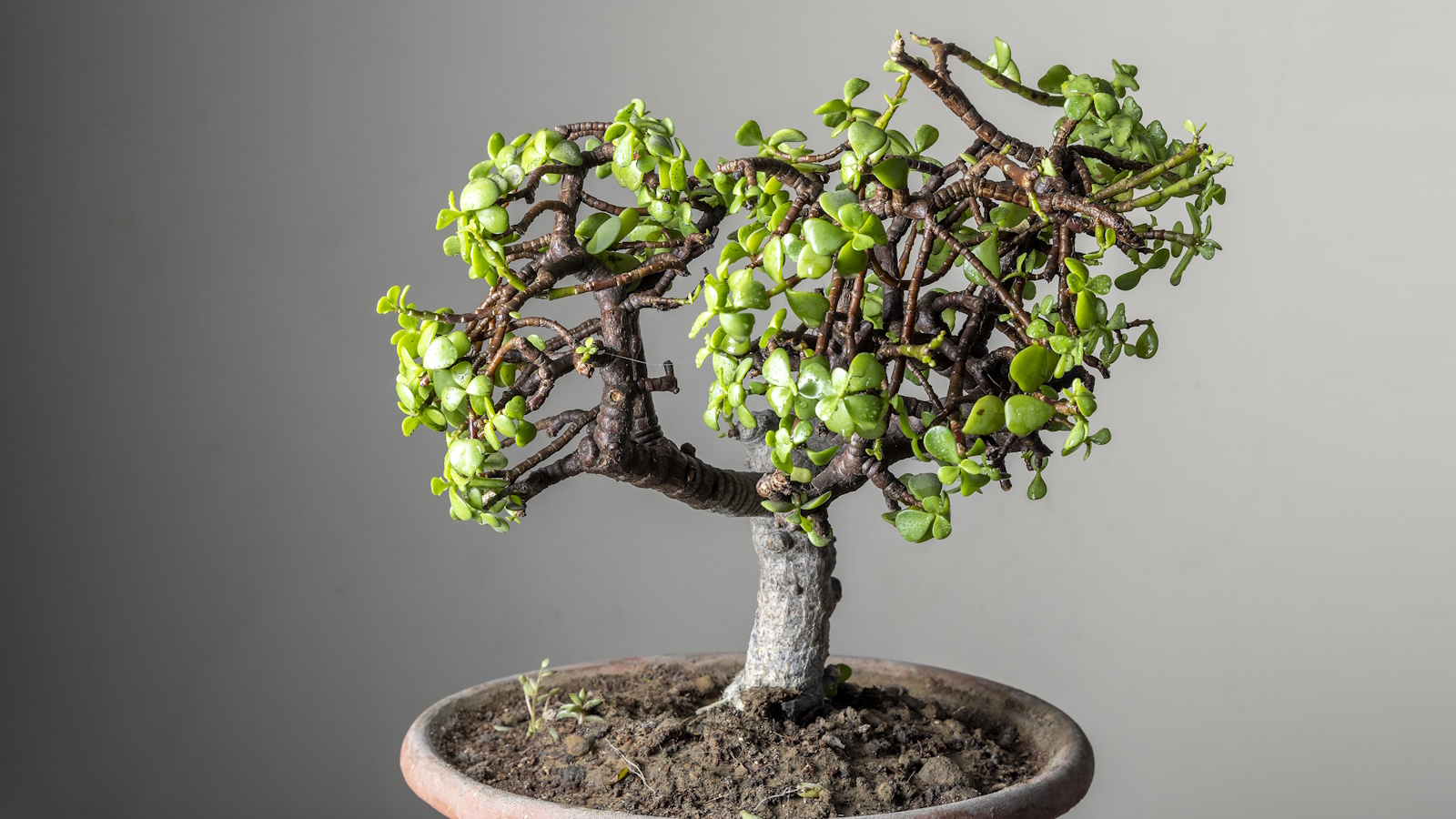
Although growing a bonsai tree can be challenging, it's also one of the most mindful practices gardeners can take on. It gives you something to be responsible for, with a very strict care regime to follow. If you sway from this care in any way, you could be left with a declining bonsai.
Don't feel too disheartened, however. Making bonsai mistakes is just part and parcel of caring for a bonsai and is often the best way of learning how to improve. Even if you care for the easiest bonsai trees, it's not uncommon to make some minor errors that impact their health.
The good news is there is a likely explanation behind why your bonsai is struggling and a way to rectify it or avoid it next time. Here, plant experts share some of the most common bonsai mistakes and how to avoid them for a thriving miniature tree.
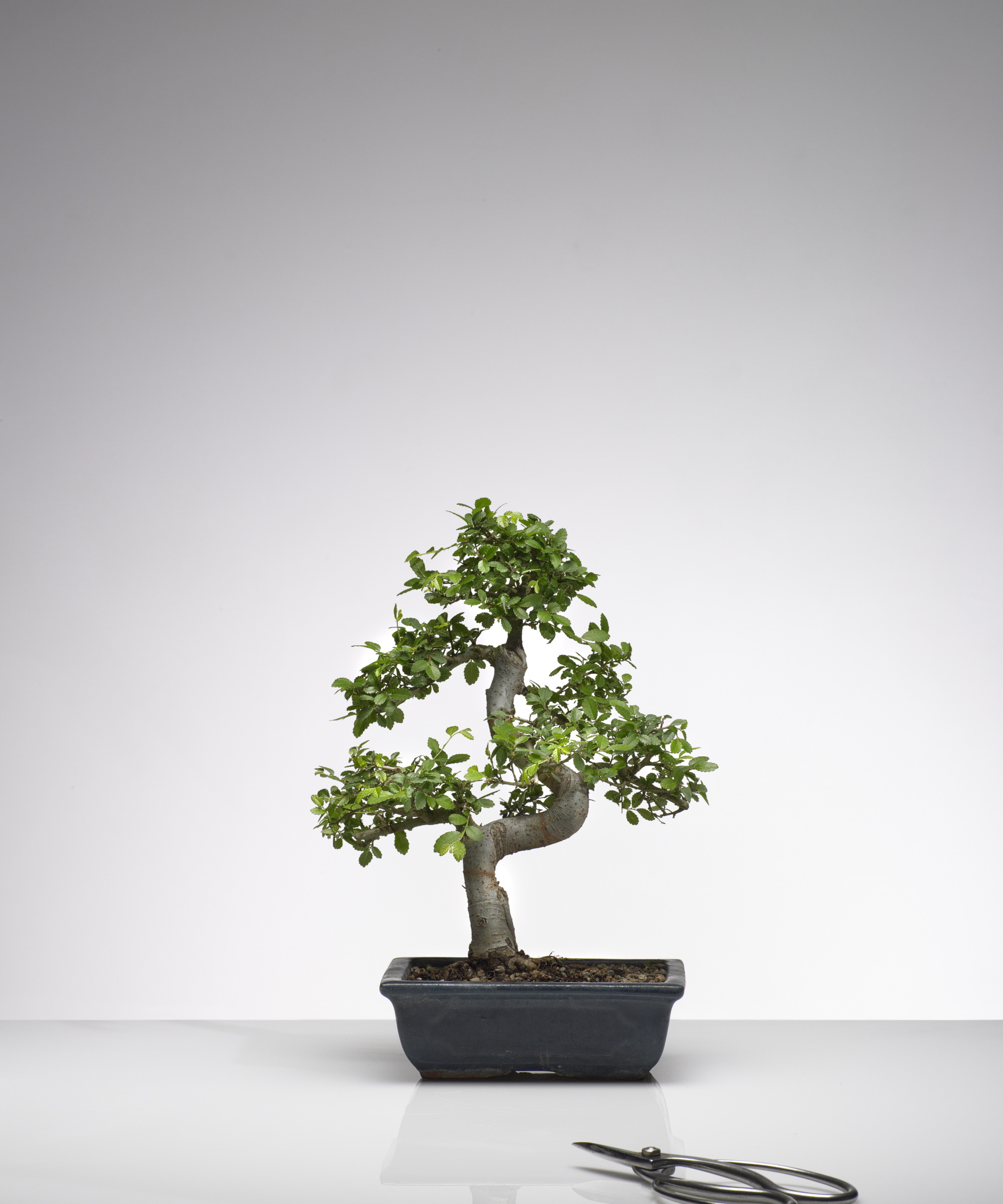
5 common bonsai mistakes to avoid
There are many bonsai tree types to choose from and it's true all of them will have differing needs and care requirements.
Nevertheless, there are some bonsai mistakes that apply to all types of bonsai. Discover how to avoid them below:
1. Letting your bonsai tree dry out
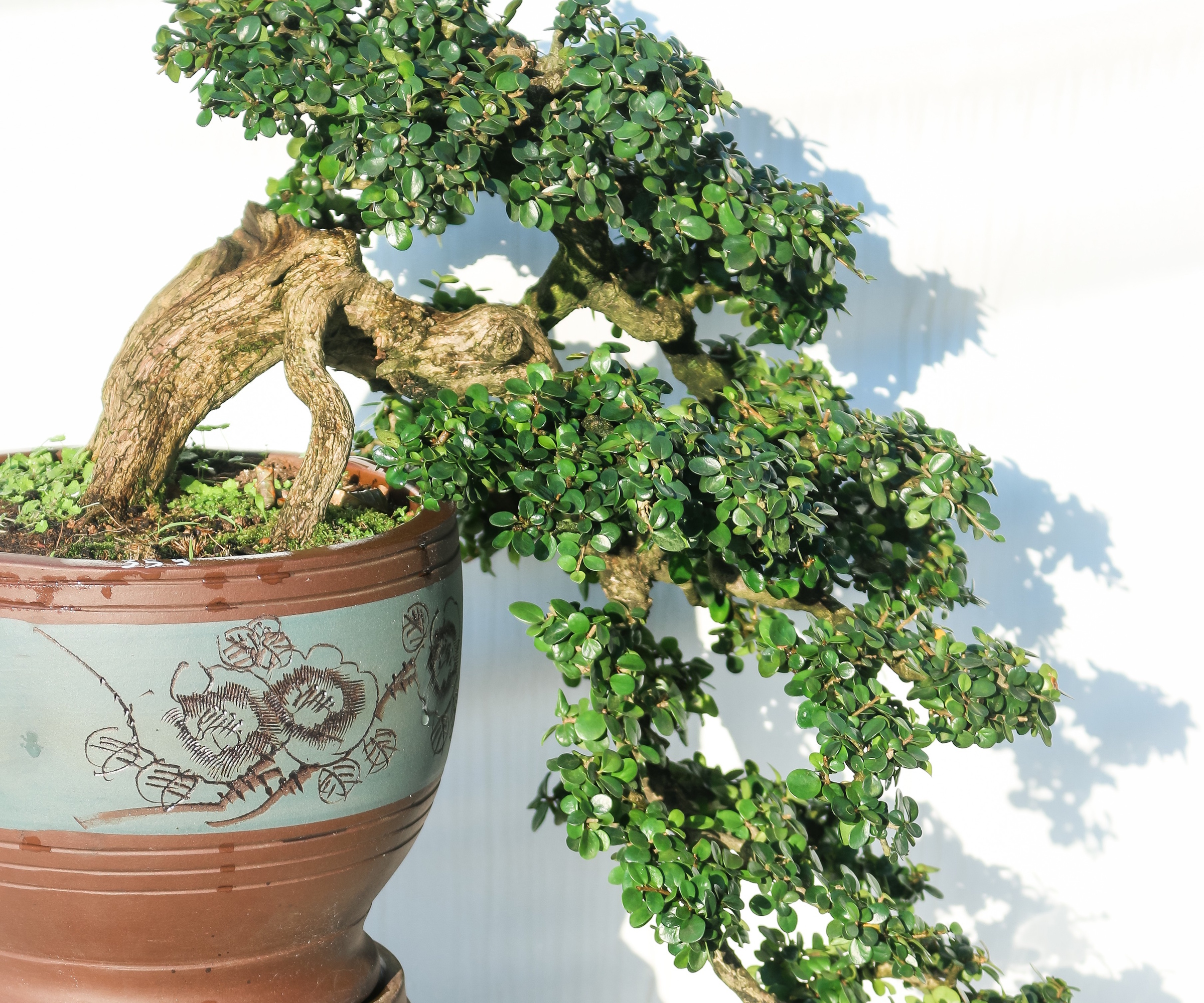
Whether you grow a dwarf jade bonsai tree (pictured above) or a Japanese maple bonsai tree, it's important to ensure they have sufficient water.
'Letting them dry out is a big bonsai mistake,' says Lisa Eldred Steinkopf, plant expert at The Houseplant Guru. 'Bonsai live in small amounts of potting mix so they need water almost every day in warmer months,' she notes.
The smaller volume of potting mix will dry out more quickly, which is why you may find you water your bonsai tree very regularly. Letting it become dehydrated may lead to issues of dry and crispy leaves that drop off, resulting in bare branches.
At the same time, be careful not to overwater your bonsai tree - this could result in houseplant root rot.
The best thing to do is use a soil moisture meter (from Amazon) to identify when your bonsai needs topping up. You should aim for consistent, but not soggy, moisture levels.
2. Over-pruning your bonsai tree
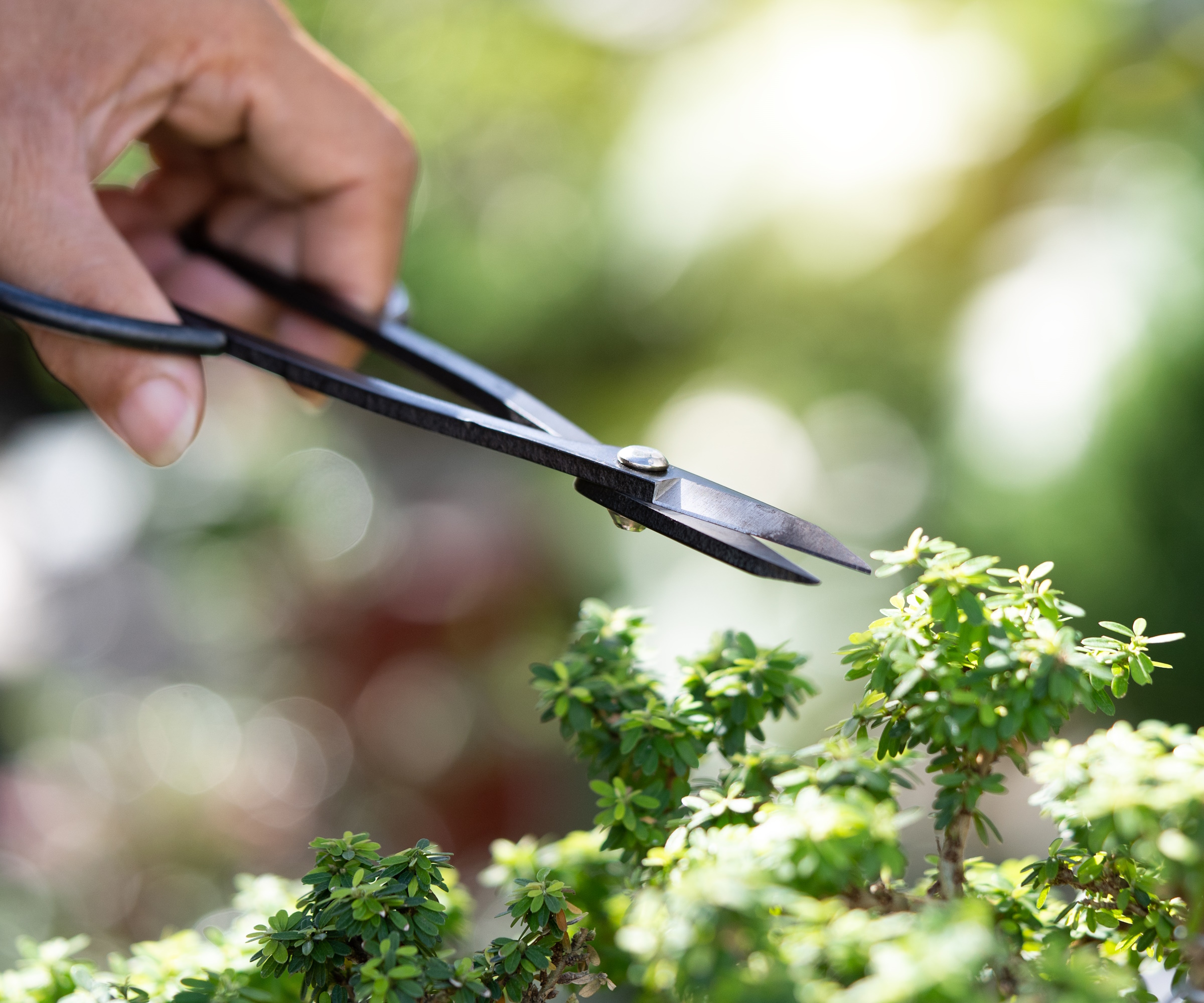
Pruning is such an important part of the art of bonsai. This is core to keeping the tree in its best shape and the task that many gardeners find mindful.
However, there are a few pruning mistakes to watch out for, including over-pruning. As a general rule, you shouldn't prune more than a third of your bonsai at a time. More than this may cause it stress or send it into shock, stunting growth and even leading to the death of the plant.
'To correctly prune bonsai, you need to think about the purpose of each cut,' says Julie Bawden-Davis, plant expert at Healthy Houseplants. 'For example, if you want to remove a branch, you do so by cutting as close to the trunk as possible,' she adds.
You can use these bonsai pruning scissors from Amazon to keep your bonsai in good shape and health.
'To keep the plant as full as possible, pinch out new, soft growth tips when there are two fully formed leaves,' Julie advises.
3. Not feeding your bonsai tree

Outdoor bonsai trees and the easiest indoor bonsai trees tend to all be heavy feeders alike, so it's vital to fertilize them regularly through the active growth season.
'If you don’t fertilize a bonsai, it will slow down growth and can become nutrient-deficient,' Julie explains.
These plants are already slow-growing and rely on bonsai fertilizer (from Amazon) for essential plant nutrients. When looking for the best fertilizer for this houseplant and outdoor bonsai trees, you might consider using a slow release bonsai fertilizer (from Amazon), which provides consistent feeding over an extended period.
'It is critical not to overfertilize bonsai, too, as the plant’s delicate roots will burn with too much fertilizer, and that can cause root dieback and the plant’s demise,' Julie adds.
To avoid overfertilizing, always follow manufacturer instructions for the products you use, and avoid fertilizing during fall and winter when your tree's growth is slower.
4. Growing your bonsai somewhere shady
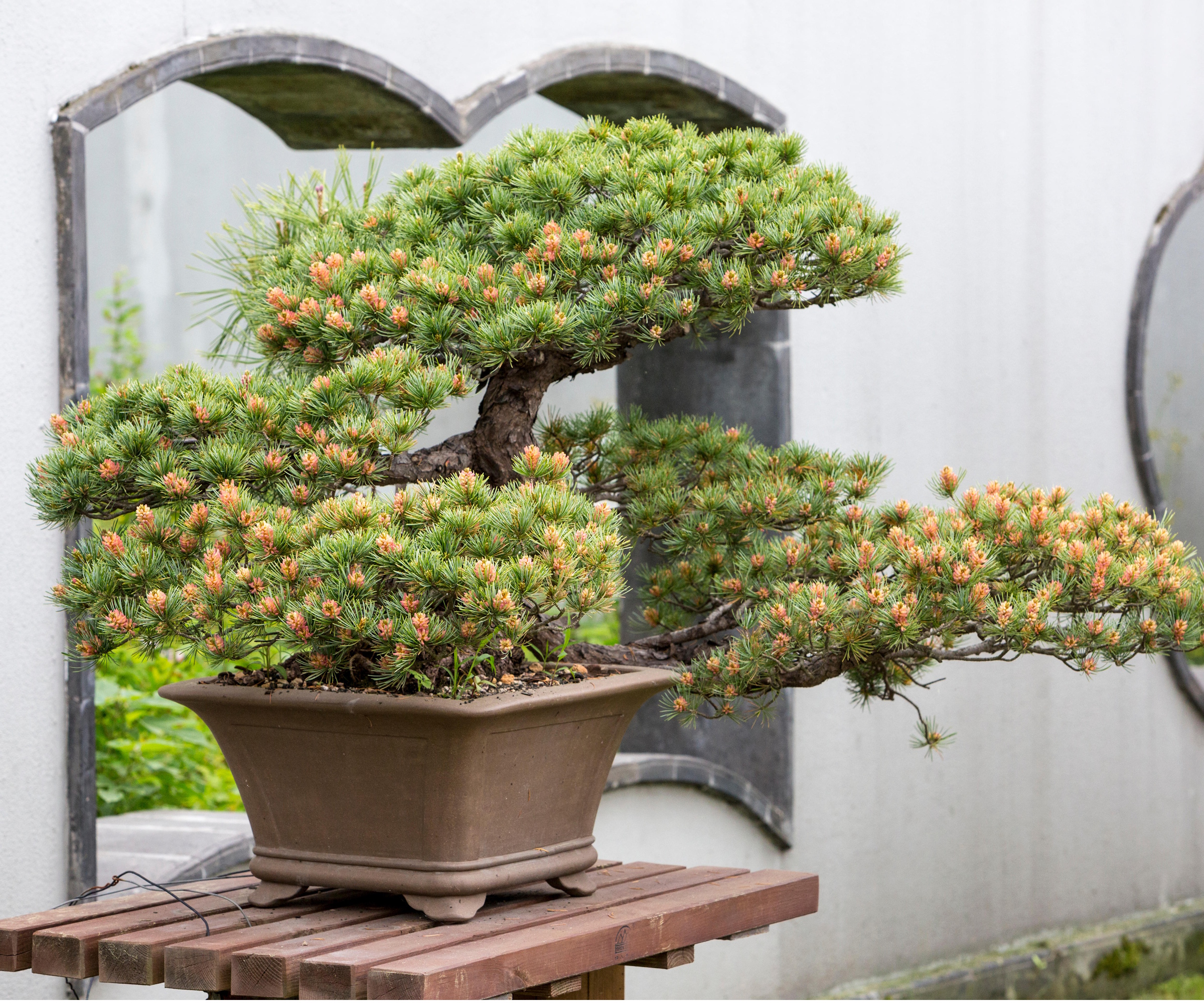
The type of bonsai you grow will determine how much light it needs, as different species will have different needs. However, as a general rule, it's best not to grow your tree somewhere with too-little light.
'It is important to grow bonsai in the correct lighting conditions for the type of plant. In too shady of conditions, the leaves will grow larger in order to soak up as much light as possible, since light is insufficient. If this occurs, your bonsai can become imbalanced,' Julie warns.
Of course, you may have a shade-tolerant tree in your bonsai collection, but those that need bright light - such as a juniper bonsai (from Walmart) - will droop, drop their leaves, and slowly decline in shady conditions.
'On the other side of the spectrum, if light is too high for the type of plant, leaves will be grown closer to the trunk to seek shade. This also causes the plant to become unbalanced looking,' Julie notes.
For best results, research the specific lighting requirements for the bonsai tree you have and position it accordingly. If you are growing your bonsai indoors and are struggling to provide lots of light, consider using this grow light from Amazon.
5. Not checking your bonsai for pests
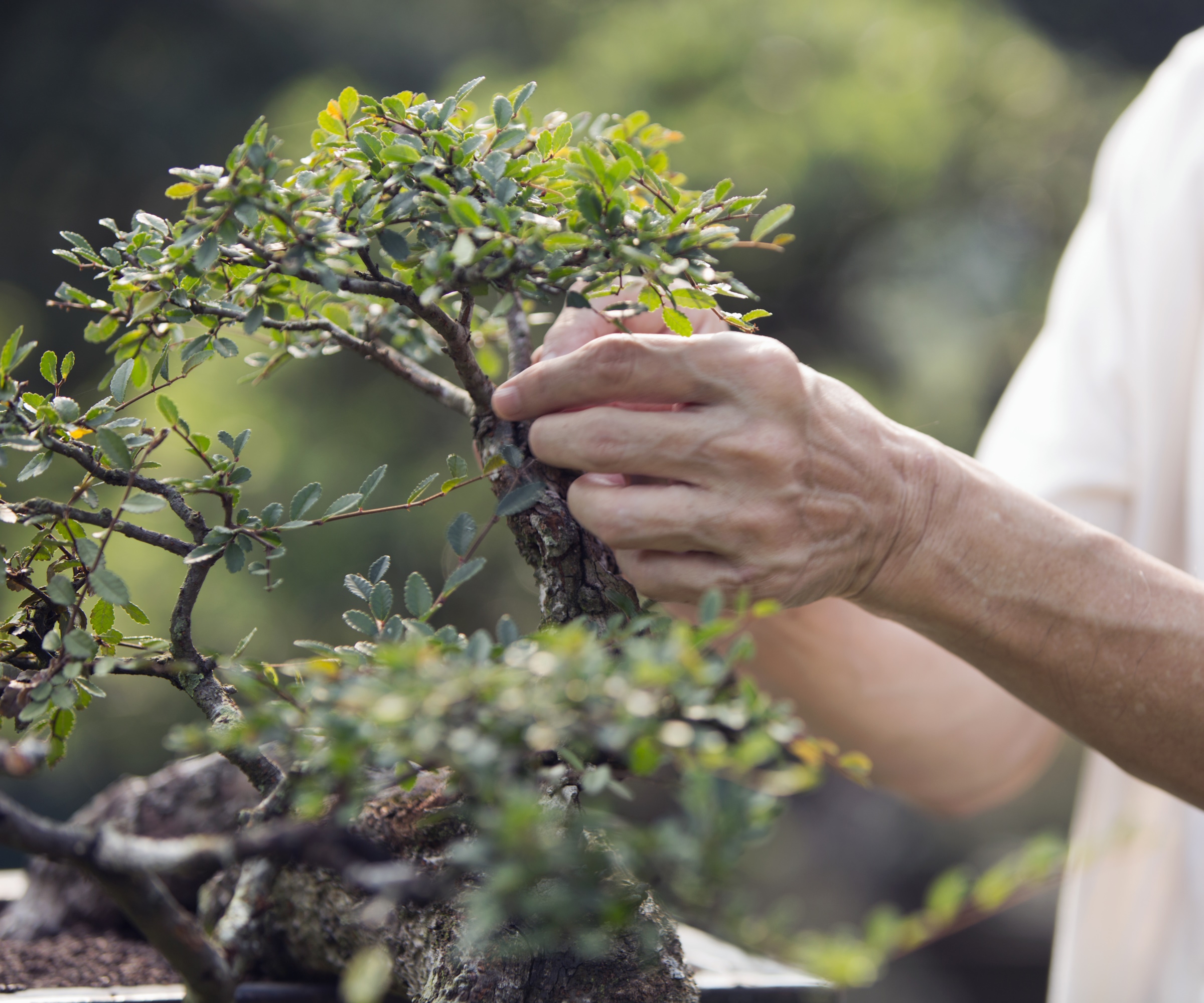
Whether you grow your bonsai indoors or outdoors, there are quite a few common houseplant pests that can cause issues for these miniature trees.
'If it is a tropical bonsai, it may have mealybugs, scale, or thrips,' Lisa Eldred Steinkopf notes.
Luckily, there are plenty of ways to get rid of thrips, get rid of mealybugs, and more, but the trick is jumping on the problem quickly. Not doing so will cause your bonsai to become weaker, lessening the chances of recovering.
'If it is a hardy tree, such as a Japanese maple or ginkgo, it's less likely to get pests,' Lisa adds.
Keep on top of this by checking the leaves, trunk, and soil of your bonsai regularly, and cleaning houseplant leaves to remove dust and other debris that may attract pests.
FAQs
Can you revive a dying bonsai tree?
Yes, you can revive a dying bonsai tree, but it can often be challenging to do so. It depends on the cause behind the problem your bonsai is facing and how far your bonsai's health has declined.
For example, if it is wilting and has some crisping leaves, it's likely a deep watering will perk up your bonsai again. Likewise, if you have a bonsai growing in a shady spot, you might find moving it somewhere brighter can make a big difference to its growth.
If you love bonsai trees, consider growing a selection in your yard. This, along with other plants for a Japanese garden, can create the perfect small Japanese garden in your outdoor space.







